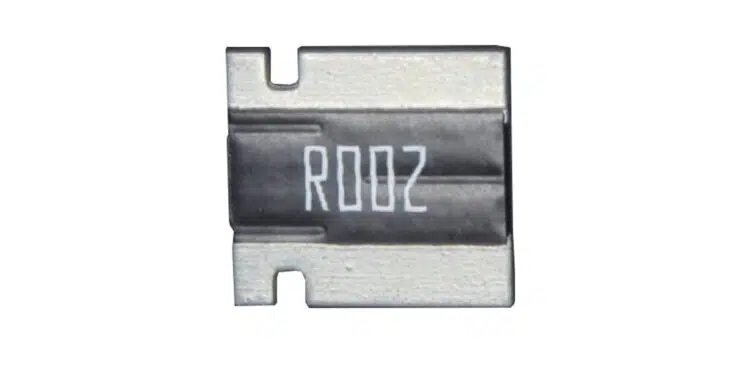Stackpole Inc. releases new addition of four terminal shunt resistors the meet accurate sensing requirements.
Current sensing for high efficiency typically requires very low resistance values. However, sensing accuracy is more challenging for lower resistance values due to lead resistance effects. Four terminal shunt resistors eliminate errors due to lead resistance.
Stackpole’s CSSK3637 is a four terminal shunt that provides very low resistance values which have been expanded to 0.5 to 6 milliohm, in tolerances as low as 0.5% and TCR of 50 ppm. In addition, this all-metal shunt has an operating temperature up to
170°C, providing excellent stability for a wide range of end products.
The 3W CSSK3637 is 100% RoHS compliant without exemption, REACH compliant, and halogen free. Applications for the CSSK3637 include portable electronics power management, consumer electronics, power modules, frequency converters, inverter control for solar power, and power control for hybrid vehicles.
Features:
- Metal element current sensing resistor
- Power rating to 3W
- Operation temperature range is -55oC to +170oC
- Tolerance available in ± 0.5% to ± 5%
- Insulation resistance over 100MΩ
- Maximum working voltage (V) is (P*R)1/2
- 100% RoHS compliant and lead free without exemption
- Halogen free
- REACH compliant

































